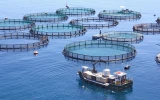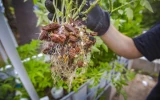The 13 Most Profitable Fish for Aquaponics in 2023
Imagine being able to grow your own food while raising fish at the same time, utilizing the unique and environmentally friendly method of aquaponics. In 2023, this innovative approach has become increasingly popular due to rising food costs and the need for sustainable farming practices. As you begin your journey into aquaponics, it's essential to choose the right fish species that will not only thrive in your system but also yield a profitable harvest.
The most profitable fish for aquaponics are tilapia, catfish, trout, barramundi, carp, koi, goldfish, freshwater prawns, jade perch, silver perch, eels, Murray cod, and black crappie. These fish species make the most profit because of their climate compatibility, space requirements, growth rates, and market demand.
With a variety of species to choose from, it's crucial to consider factors such as environmental adaptability, nutritional content, and market value. In this article, you'll find valuable insights on what makes these fish profitable for your aquaponic endeavor.
Summary
- Tilapia, trout, catfish, koi, and carp are well suited for outdoor pond systems.
- Tilapia, barramundi, and eels may be more efficiently and economically raised in an indoor recirculating system.
- Some fish species prefer warmer environments, while others do well in colder temperatures.
- Smaller fish like goldfish and koi are suitable for limited spaces, while larger species like barramundi need more room.
- Species with high growth rates include tilapia, and carp.
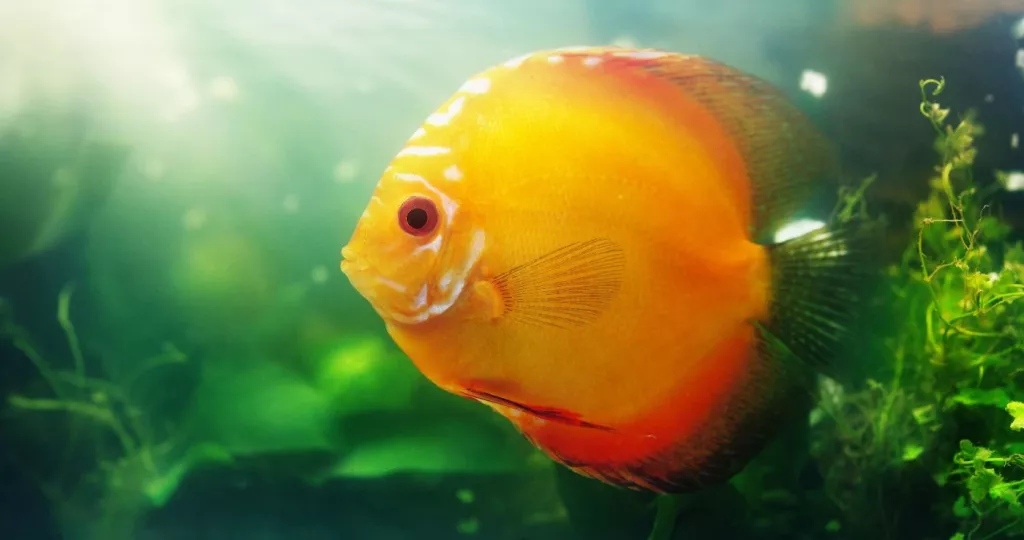
Top 13 Profitable Fish for Aquaponics
When you choose what fish to acquire for your farm, consider factors such as water temperature, pH levels, tank size, and compatibility with other fish and plants in your aquaponics setup. Here's a list of the 13 fish species that can give you the most profit in 2023.
| 13 Most Profitable Fish for Aquaponics in 2023 | ||
|---|---|---|
| Tilapia | Catfish | Trout |
| Barramundi | Carp | Koi |
| Goldfish | Freshwater Prawns | Jade Perch |
| Silver Perch | Eels | Murray Cod |
| Black Crappie | ||
1. Tilapia can thrive in crowded situations
Tilapia is an excellent choice for aquaponics due to its resilience and resistance to pathogens. They can thrive in crowded situations and low oxygen environments, making them a popular choice for many aquaponic systems.
2. Catfish have high meat yield
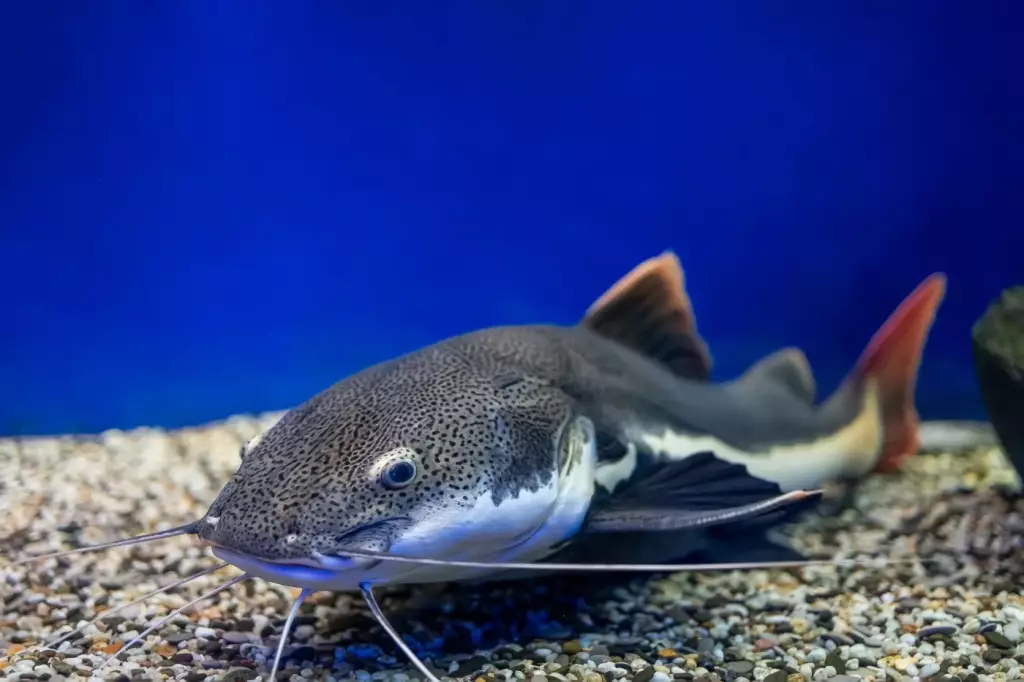
Catfish are hardy fish that can tolerate a wide range of water conditions. They are also known for their fast growth rate and high meat yield, making them an attractive option for your aquaponic system.
3. Trout quickly grow to market size
Trout are popular for their delicious taste and are well-suited to aquaponics systems that maintain cooler water temperatures. They require good water quality and can grow to market size relatively quickly, providing a profitable return for your efforts.
4. Barramundi grows rapidly
Barramundi is a popular species for aquaponics due to its rapid growth and excellent taste. They are well-suited for systems in warmer climates and are known to be relatively easy to rear in a controlled environment.
5. Carp are highly adaptable
Carp is another adaptable species that can tolerate a wide range of water conditions. They are a good choice for aquaponics systems due to their high adaptability, making them suitable for a variety of system designs.
6. Koi provide nutrients to plants
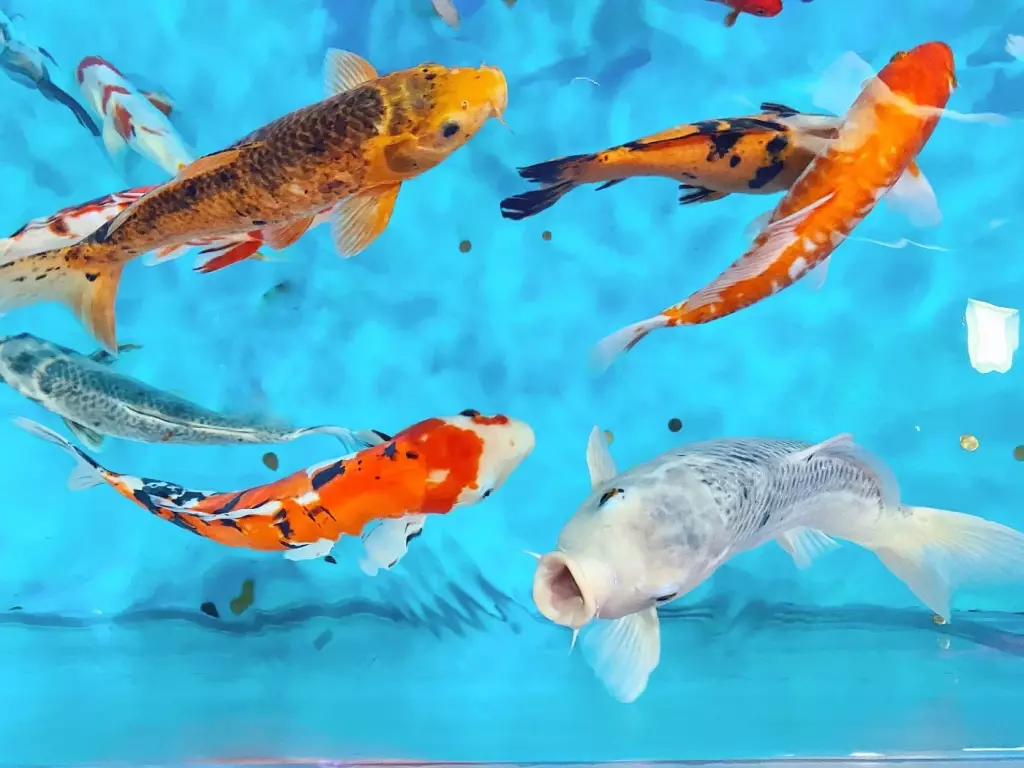
Koi are not only beautiful to look at, but they are also a suitable choice for aquaponics systems. Although they are primarily kept for ornamental purposes, they can also help provide valuable nutrients for your plants.
7. Goldfish are resilient
Goldfish are a low-maintenance and resilient species that can easily adapt to various water conditions. While they may not provide much yield in terms of consumption, they serve as a useful nutrient provider for your aquaponic plants.
8. Freshwater prawns help manage waste
Freshwater prawns are a valuable addition to your aquaponic ecosystem. They provide a healthy, protein-rich food source for you while also helping to manage waste and maintain the water quality in your system.
9. Jade perch grows fast and are adaptable
Jade perch is known for its excellent taste and high omega-3 content. This Australian native fish is an ideal choice for aquaponics systems due to its fast growth rate and adaptability.
10. Silver perch tolerate varying water conditions
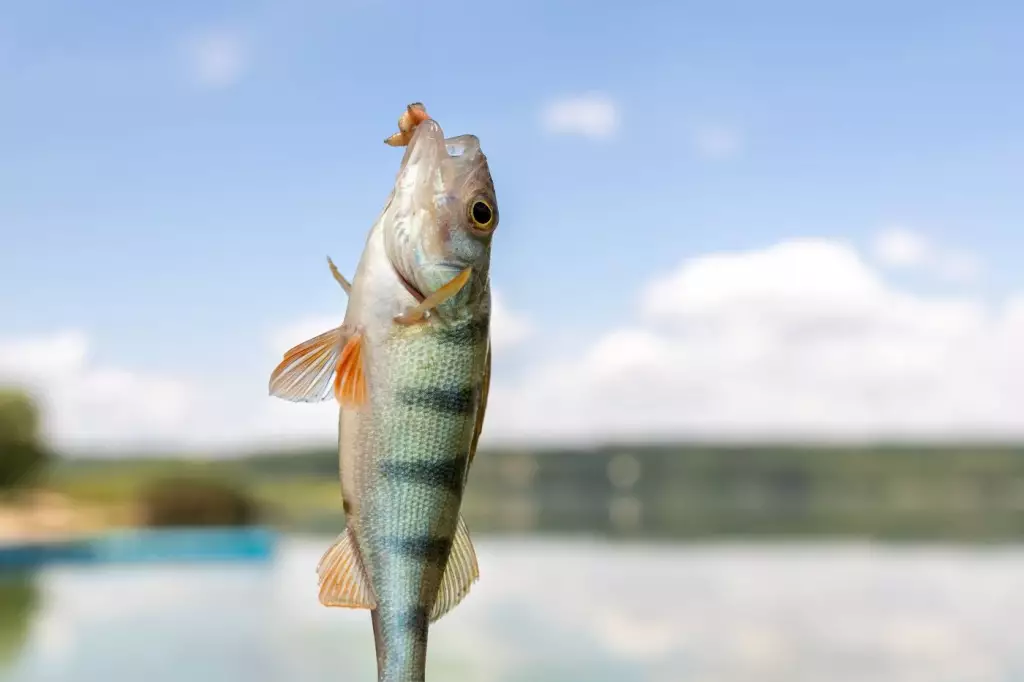
Another native Australian fish, the silver perch, is also well-suited for your aquaponics system. This species can tolerate varying water conditions and is an excellent choice if you're looking to produce a steady supply of protein for your family.
11. Eels have a unique flavor and texture
Eels can add diversity to your aquaponic system, especially if you have a larger setup. They are known for their unique flavor and texture, providing an excellent option for those looking to expand their edible fish selection.
12. Murray cod have an impressive growth rate
This fast-growing Australian native species is an excellent choice for systems with larger, more spacious tanks. Murray cod are known for their delicious taste and can provide a sizable, profitable yield due to their impressive growth rate.
13. Black crappie provide a productive yield
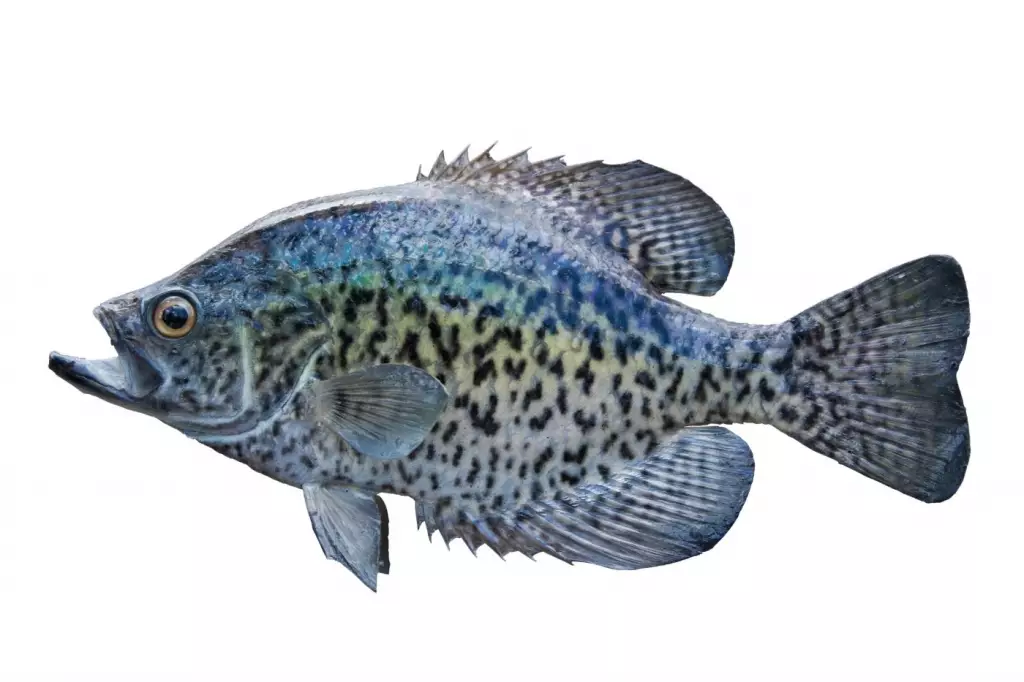
Black crappie is a popular sport fish that can also provide a moderately fast, productive yield for your aquaponics system. They are adaptable and can thrive in various water conditions, making them an appealing choice for many aquaponic enthusiasts.
Consider these Factors when Selecting Fish
When choosing the most profitable fish for your aquaponics system in 2023, there are several important factors to consider. In this section, we will discuss climate compatibility, space requirements, growth rates, and market demand.
Climate compatibility of the fish species in your area
It's crucial to select fish species that can thrive in your local climate. Some fish prefer warmer environments, while others do well in colder temperatures. For example, tilapia and catfish are suitable for warmer conditions, while trout and arctic char are better suited for cooler climates. Make sure you research the optimal temperature ranges for each fish species before making a decision.
Space requirements of the fish species
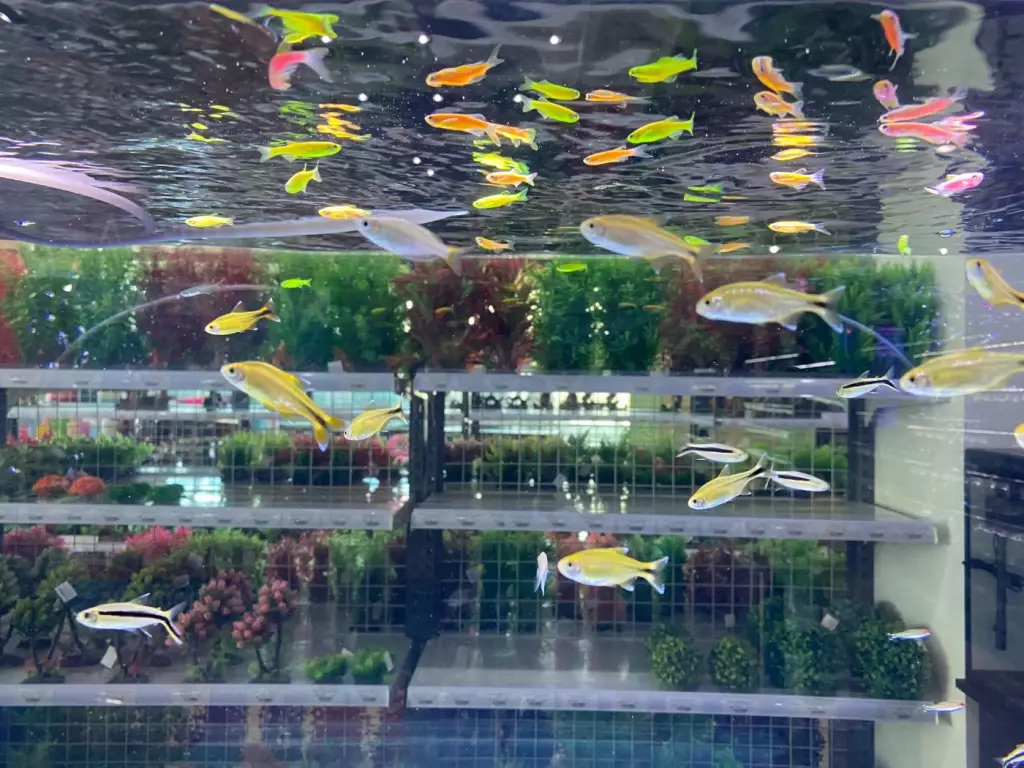
Consider the available space in your aquaponics system, as some fish require more room to grow than others. For instance, smaller fish like goldfish and koi are suitable for limited spaces, while larger species like bass and barramundi need more room. Make sure to plan your aquaponics system with the ideal stocking density in mind to avoid overcrowding and ensure optimal growth.
Growth rates of the type of fish
Faster-growing fish can be more profitable in an aquaponics system, as they reach market size more quickly. Species with high growth rates include tilapia, common carp, and silver carp. It's essential to strike a balance between growth rate and other factors, such as climate compatibility and space requirements, to maximize profitability in your system.
Market demand for the fish species
Lastly, understanding the market demand for specific fish species is key to ensuring profitability. Some types of fish, such as salmon and tuna, are highly sought after for their omega-3 content, which can fetch a high price at market. Other popular species, like tilapia and catfish, are valued for their versatility and adaptability. Research consumer preferences and local market trends to determine which fish species are most in demand in your area.

